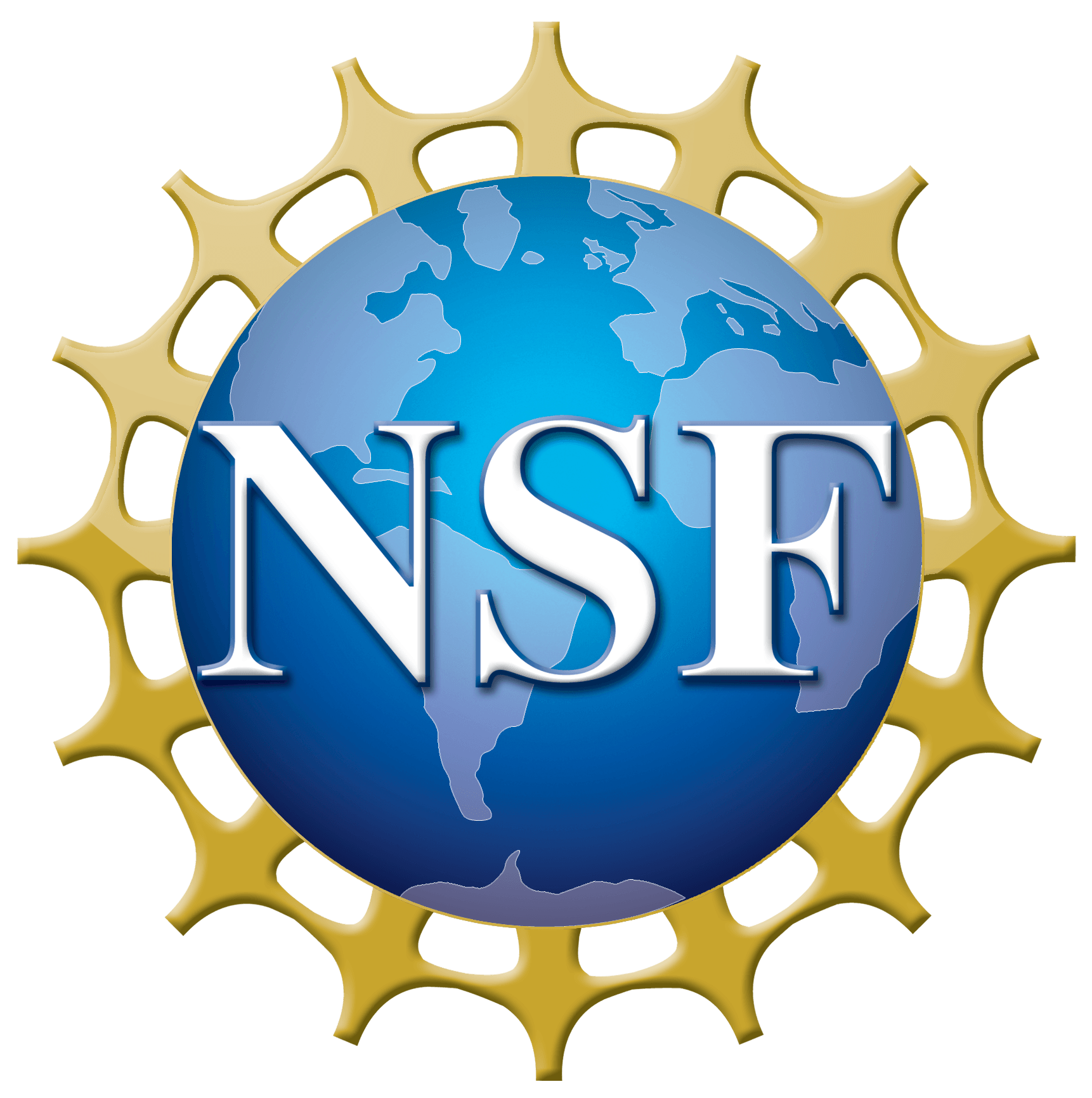Latest NRAO News
News is managed by NRAO News & Public Information. Questions about News? Have a story to share? Want to interview a scientist or create new media about our telescopes?
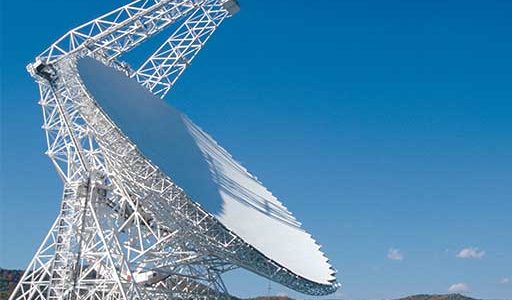
An international team of astronomers has looked at something very big — a distant galaxy — to study the behavior of things very small — atoms and molecules — to gain vital clues about the fundamental nature of our entire Universe.

Radio telescopes, including major facilities of the National Science Foundation’s National Radio Astronomy Observatory, have provided data needed to measure the winds encountered by the Huygens spacecraft as it descended through the atmosphere of Saturn’s moon Titan last month — measurements feared lost because of a communication error between Huygens and its mother ship Cassini.
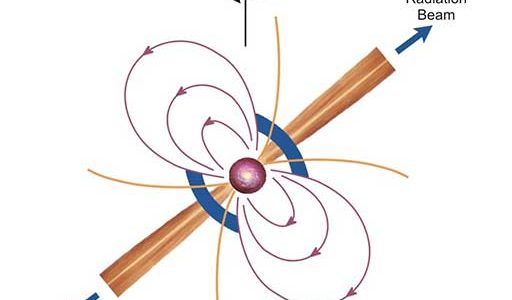
A dense globular star cluster near the center of our Milky Way Galaxy holds a buzzing beehive of rapidly-spinning millisecond pulsars, according to astronomers who discovered 21 new pulsars in the cluster using the National Science Foundation’s 100-meter Green Bank Telescope in West Virginia.
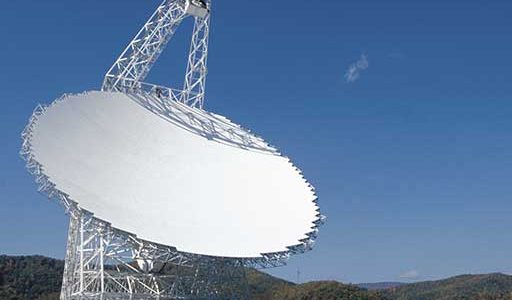
When the European Space Agency’s Huygens spacecraft makes its plunge into the atmosphere of Saturn’s moon Titan on January 14, radio telescopes of the National Science Foundation’s National Radio Astronomy Observatory will help international teams of scientists extract the maximum possible amount of irreplaceable information from an experiment unique in human history.
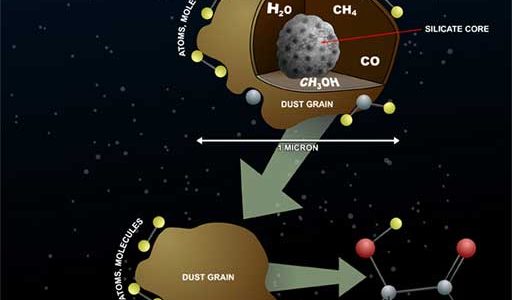
Astronomers using the National Science Foundation’s giant Green Bank Telescope have discovered a frigid reservoir of simple sugar molecules in a cloud of gas and dust some 26,000 light-years away, near the center of our Milky Way Galaxy.
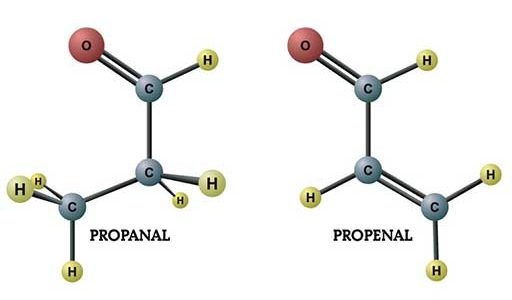
A team of scientists using the National Science Foundation’s Green Bank Telescope has discovered two new molecules in an interstellar cloud near the center of the Milky Way Galaxy.

Astronomers using a global combination of radio telescopes to study a stellar explosion some 30 million light-years from Earth have likely discovered either the youngest black hole or the youngest neutron star known in the Universe.
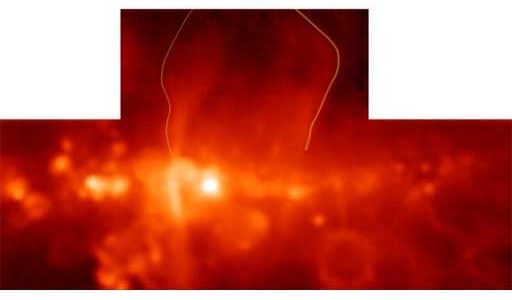
An astronomer using the National Science Foundation’s Robert C. Byrd Green Bank Telescope (GBT) has discovered that two prominent features rising out of the center of the Milky Way Galaxy are actually the distant edges of the same superstructure. This object, which has the appearance of a “lobe,” may have been formed during an epoch of furious star formation.
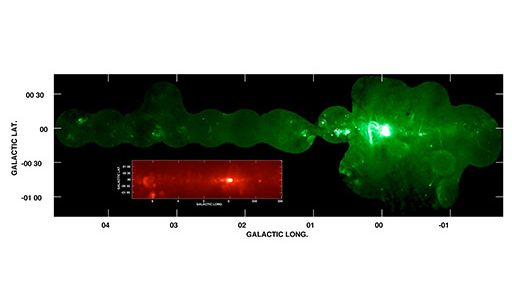
Twenty years ago, astronomers discovered a number of enigmatic radio-emitting filaments concentrated near the center of the Milky Way Galaxy.
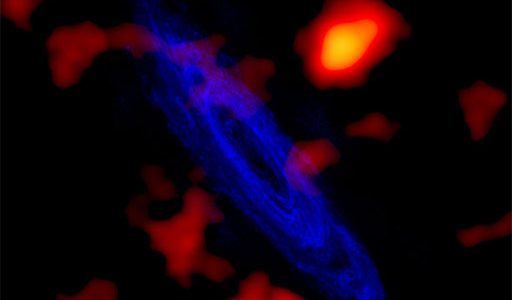
Green Bank, WV – A team of astronomers using the National Science Foundation’s Green Bank Telescope has made the first conclusive detection of what appear to be the leftover building blocks of galaxy formation — neutral hydrogen clouds — swarming around the Andromeda Galaxy, the nearest large spiral galaxy to the Milky Way.




